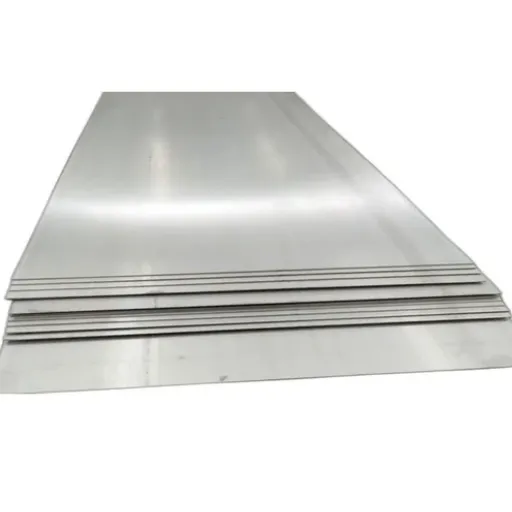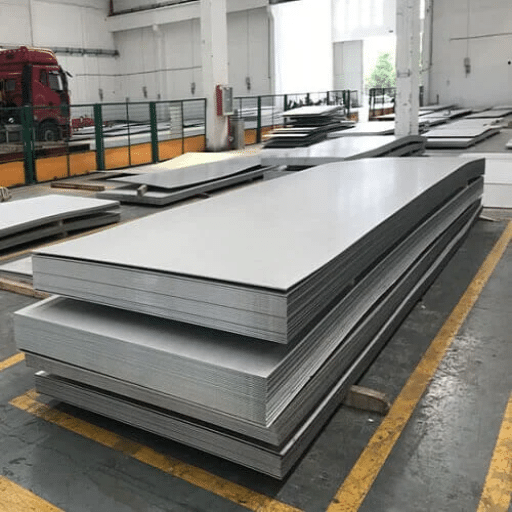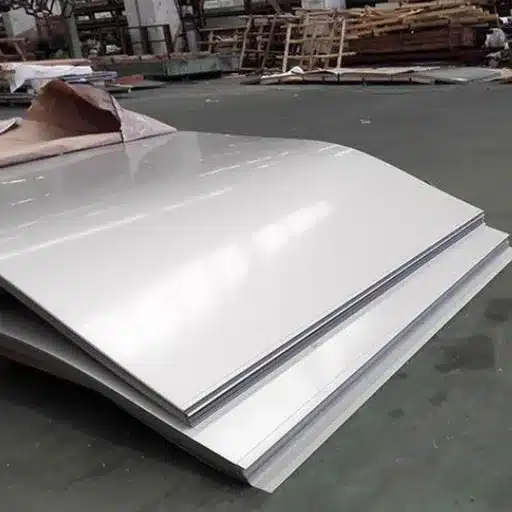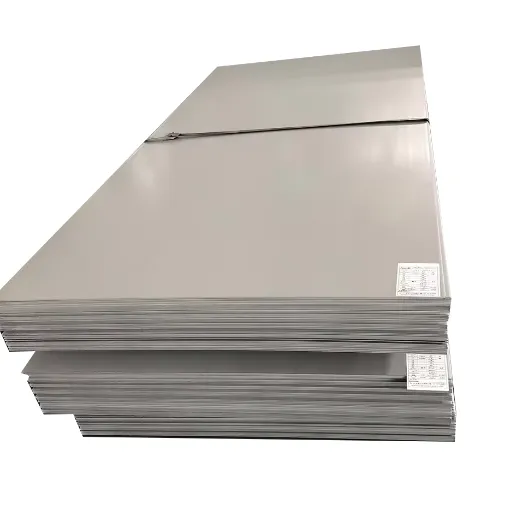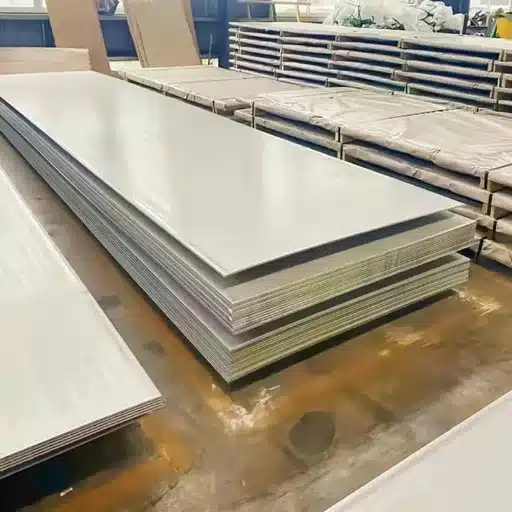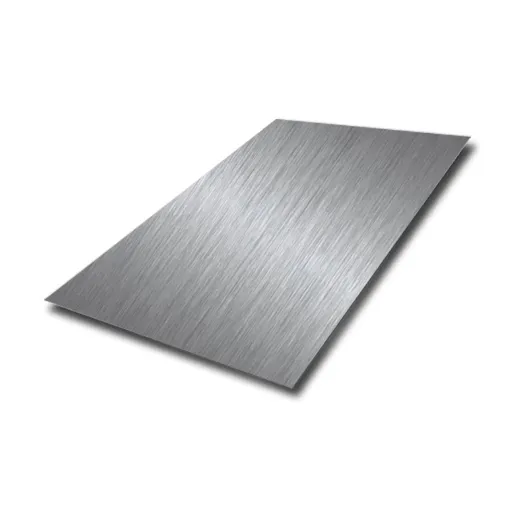Galvanized sheet metal is required in almost all industries, including construction, manufacturing, automotive, and household sectors. Due to its durability and corrosion resistance properties, the versatile nature of this material becomes crucial in cost-effective and time-saving applications. So, what makes galvanized sheets so dependable? How are they manufactured, and why do they find their way into these environments? The science behind the entire process and the advantages of galvanized sheet metal are thoroughly discussed in this section to provide a comprehensive understanding of how it works, its applications, and the key considerations for selecting a particular variety. This comprehensive resource aims to enhance the knowledge of anyone involved in such work or those willing to explore this foundational material.
The Manufacturing Process of Galvanized Steel Sheets
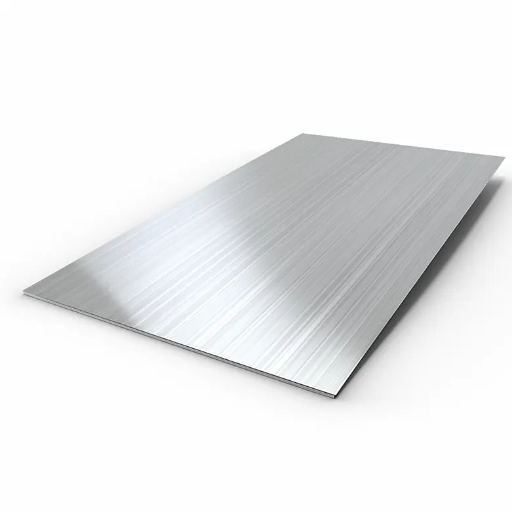
The manufacture of galvanized steel sheets involves coating steel with a layer of zinc for added corrosion resistance. This is commonly accomplished by hot-dip galvanizing, which involves the following steps:
This process yields galvanized steel sheets of great durability and is suitable for many other applications in construction, automotive, and other industries.
Materials Used in Galvanized Steel Sheet Production
Carbon Steel
Galvanized sheets are made with carbon steel as a base metal. This steel generally contains carbon from about 0.05% to 0.25%, depending upon the strength it should have in service and the application involved.
Zinc (Zn)
For coating on the steel sheet, zinc is employed. Zinc works wonderfully with good corrosion resistance. It forms the barricade against moisture, oxygen, and other external factors. The purity of zinc typically remains above 99.5% for optimal working and long-lasting coating performance.
Fluxing Agents
Flux materials such as ammonium chloride and zinc chloride are used during the galvanizing process to clean the steel surface and promote adherence of the zinc coating to the steel. These agents prevent surface defects during coating.
Alloy Additives
Such alloying elements are introduced into the zinc melt to improve the characteristics of the galvanized coating with respect to the deposition and appearance of the layer: aluminum (Al) and lead (Pb). Aluminum is added (usually up to 0.1% concentration) mainly to improve the adhesion of the coating and control the surface finish. Lead can be added in small amounts, acting as a lubricant that reduces the viscosity of molten zinc to help ensure an even application.
Chemical Cleaning Agents
To carry out galvanization, the steel must be washed carefully with acids such as sulfuric acid (H2SO4) or hydrochloric acid (HCl). These acids can dissolve rust, scale, and other impurities that stand in the way of a good, clean steel surface, perfectly prepared for the coating process.
Surface Passivation Materials
After galvanizing, the surface is passivated by applying either chromium-based compounds or environmentally friendly chromium-free alternatives like trivalent chromium or silicates. The purpose of the passivation layer is to offer good protection against white rust during storage and transportation.
Quality Standards: ASTM A653 Explained
ASTM A653 is the established standard specification for hot-dip galvanized steel sheets, ensuring quality and performance in structural and commercial applications. It classifies the steel according to its coating weight, sheet thickness, and general structural properties. Coating weights are specified in both inch-pound (G-series) and SI (Z-series) units, enabling application in various locations worldwide. It is worth noting that coatings such as G90 or Z275 offer higher corrosion resistance due to their higher zinc content compared to thinner coatings like G60 or Z180.
It also establishes mechanical properties, including yield strength, tensile strength, and elongation, according to the grade and class. Structural grades, such as SS Grade 50, are designed for higher load-bearing capabilities, whereas commercial grades of steel are suitable for forming and stamping applications. Additionally, ASTM A653 specifies acceptable dimensional tolerances and surface finish requirements to accommodate downstream manufacturing processes. Hence, adhering to this standard is vital for applications requiring drift, structural integrity, and corrosion resistance, such as those in construction, automotive, and household appliance manufacturing.
Key Benefits of Galvanized Steel Sheets
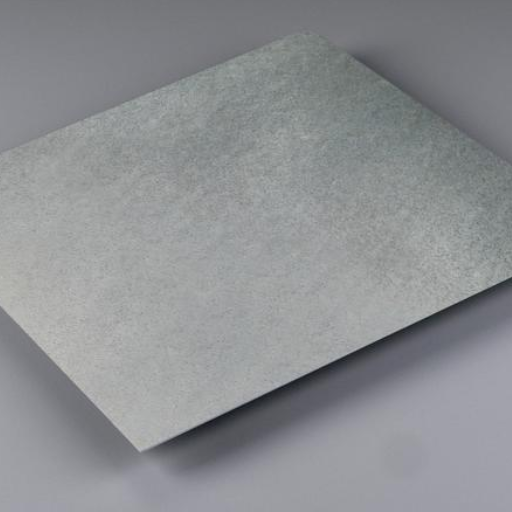
Corrosion Resistance
One chief advantage of galvanized steel sheets is their corrosion resistance. Zinc coating acts as a shield against contact between the steel and corrosive agents by slowing down rust.
Durability
Galvanized steel sheets offer excellent resistance to weather and abrasive conditions, making their durability crucial. The life of the coating and the sheets assures few replacements.
Cost-Effectiveness
With galvanized steel, durability, and less maintenance make it a better choice in commercial and industrial applications. Due to the extended life period, the initial costs get outweighed, thus providing a huge Return On Investment.
Ease of Fabrication
The sheets find applications in various types of manufacturing industries, where they are formed, welded, and cut alternately. This adaptability will be utilized for a host of varied applications, including the construction and automotive industries.
Sustainability
Additionally, galvanized steel supports sustainability goals by promoting recycling and reducing environmental pollution. Being reused, it eliminates potential waste products, aligning with modern manufacturing trends that prioritize environmentally conscious methods.
Durability and Longevity in Various Applications
Offering exceptional durability and longevity, galvanized steel is a vital material in many industries. The zinc layer acts as a physical barrier, preventing corrosive substances from coming into direct contact with the steel. Some studies conclude that galvanized steel will last for 50 years or more in rural conditions and approximately 20 to 25 years in more aggressive urban or marine conditions, depending on the exposure parameters. Any time imperfections or minor scratches occur, however, zinc sacrifices itself to continue protecting the material. This makes galvanized steel suitable for infrastructure, construction, energy, and transportation applications that must withstand the test of time in terms of performance. Additionally, with advanced galvanizing processes, its ability to withstand extreme weather, mechanical stress, and chemical exposure has been further enhanced; thus, galvanized steel’s lifespan has been optimized in various operational environments.
Corrosion Resistance and Rust Proofing
The coating of zinc on a steel surface imparts to galvanized steel its highly sought corrosion-resistant character. The zinc layer seals the underlying steel from environmental exposure and also provides sacrificial protection by corroding in place of the steel substrate. These two functions thereby substantially decrease the likelihood of oxidation and rust formation over a long period. The studies show that galvanized steel can perform for more than 50 years in a rural environment and upwards of 25 years in an environment with a coastal or industrial setup, considering the thickness of the coating and atmospheric conditions. Hot-dip galvanizing and specialized alloy coatings have been further enhanced with time to provide the best protection in highly corrosive environments such as marine or industrial installations without compromising the structural integrity of the steel. Upon these enhancements rests the supremacy of galvanized steel as the go-to steel for critical applications that require durability and rust prevention for extended operational life.
Compare Galvanized Steel Sheets to Other Materials
| Parameter | Galvanized Steel Sheets | Aluminum Sheets | Stainless Steel | Plastic Sheets |
|---|---|---|---|---|
| Corrosion Resistance | Highly resistant | Moderate resistance | Excellent resistance | Poor resistance |
| Weight | Moderate | Lightweight | Heavy | Very lightweight |
| Strength | High | Moderate | Very high | Low |
| Cost Efficiency | Cost-effective | Expensive | Very expensive | Very inexpensive |
| Durability | Long-lasting | Long-lasting | Extremely durable | Susceptible to damage |
| Maintenance Requirements | Low maintenance | Low maintenance | Minimal maintenance | High maintenance |
| Sustainability | Recyclable material | Recyclable material | Recyclable material | Non-recyclable |
| Thermal Conductivity | Moderate | High | Low | Very low |
| Aesthetic Versatility | Limited options | Good variety | Excellent variety | Limited options |
| Weather Resistance | Excellent weatherproofing | Moderate | Excellent | Poor |
Common Applications of Galvanized Sheets Across Industries
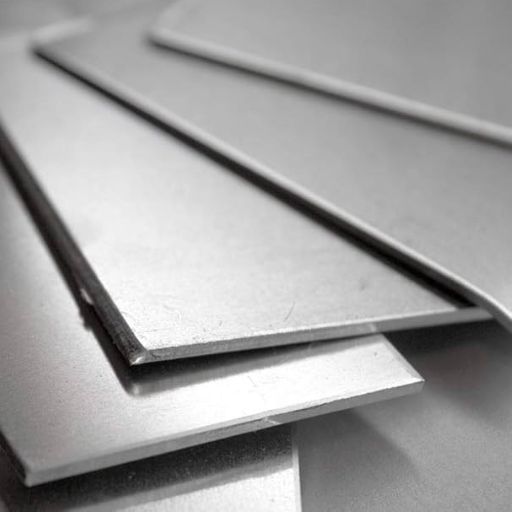
Due to excellent durability, corrosion resistance, and affordability, galvanized sheets are top choices in terms of applications in global industries. Some applications include:
Construction
Used widely in the roofing and wall cladding and in ductworks because of their excellent weather resistance with a long life.
Automotive
Used in the making of car bodies to further enhance corrosion resistance and maintain structural integrity.
Agriculture
Used in fencing, livestock feeding troughs, and storage containers from where they are free to weather.
HVAC Systems
All ducting and ventilation components must perform long into service life under real environmental stress.
Appliances
Manufacturing washing machines, refrigerators, and other electrical devices requires application of materials that have strength and corrosion resistance.
Whilst the applications above demonstrate the versatility and functionality of galvanized sheets under demanding environments, fingertips guide them even further.
Construction and Metal Roofing
Galvanized sheets play a crucial role in the construction of straightforward metal roofing systems today. In terms of corrosion resistance, galvanized steel is considered the best choice for residential and commercial roofing applications. The protection it provides enhances the lifespan of the roofs against attacks from natural elements, including rain, snow, and UV rays, which are basically known to deteriorate common roofing materials. Research indicates that, with good workmanship and maintenance, galvanized metal roofs can last for more than 50 years, presenting an excellent investment for the builder. It is worth mentioning that, since the coating technologies were updated, the appearance of metal roofs can be highly customized without compromising their structural integrity. Coupled with excellent thermal performance and recyclability, galvanized roofing is a benchmark for sustainable criteria and is thus highly preferred for use in green construction.
Automotive and Manufacturing Uses
Galvanized steel, with its strength, great durability, and highly efficient anti-corrosive nature, finds immense application in the automotive industry. Almost all present automobile production consists of galvanized steel components; the zinc coating protects vital ones such as body panels, chassis, and structural reinforcements from rust and degradation in adverse climatic conditions. This zinc coating essentially increases the vehicle’s useful life while gradually decreasing maintenance costs.
Moreover, galvanized steel is the finish used in industry, owing to its adaptability and lower cost. It finds uses and applications in the manufacturing of appliances, industrial equipment, and construction tools, where durability against environmental wear is of concern. Advances in hot-dip galvanization have given more uniform coating and increased adhesion, which allow the material to meet strict quality criteria in a variety of applications. As per the statistical reports, around the globe, the galvanized steel market is sustaining its buoyancy with developments in infrastructure and automobile production on its horizon, further accentuating its pivotal role in the contemporary industry.
Home Improvement and DIY Projects
Galvanized steel materials with their significantly high durability, corrosion resistance, and cost-effectiveness have gained acceptance for many forms of home improvement and other DIY activities. They are utilized in constructing support structures, roofing, fencing, and in ornamental features. Recent data highlights an increased interest in galvanized steel for outdoor furniture and garden infrastructure, as the zinc coating provides effective protection against moisture exposure and weathering. On the other hand, modern development in manufacturing has made it possible for homeowners to get custom galvanized steel sheets and tubes for particular applications in contemporary design and construction settings. Galvanized steel, therefore, lends itself to the longevity and a cool industrial aura that modern buildings are heading toward.
Industry Trends Influencing the Use of Galvanized Sheets
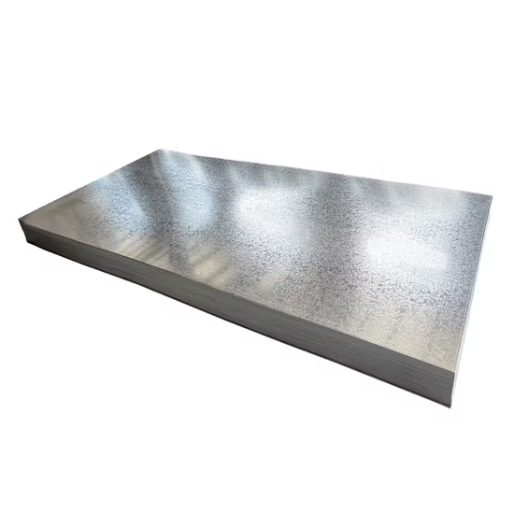
Sustainable Construction Practices
A global shift toward sustainability has created a growing market for galvanized sheets, driven by their recyclability and durability. By minimizing waste and resource consumption during construction, these materials pave the way for meeting green standards, such as LEED.
Modern Architectural Designs
According to current design trends, industrialism is in full swing, and galvanized sheets are another great outfit choice. Being so sleek, shiny, and resistant to corrosion makes them a perfect choice for both structural and decorative areas in residential and commercial projects.
Technological Advancements
Since innovations in galvanization have advanced the coating and finishing of galvanized sheets, their performance and application possibilities have expanded into new environments beyond harsh climatic zones.
Growing Infrastructure Development
An information boom in infrastructure development has led to the frequent usage of galvanized sheets in roofing, cladding, and structural applications, particularly in emerging economies.
Cost Efficiency
The affordability and availability of galvanized sheets are attributed to their durability, long life, and ease of maintenance—all of which greatly contribute to their success in the industrial and commercial sectors.
Innovations in Zinc Coating Technologies
Recent developments in zinc coating technology have greatly increased the application and environmentally friendly nature of galvanized sheets. Among the contemporary developments is the use of nanotechnology to fabricate ultra-thin, high-density coatings for the dual purposes of enhancing corrosion resistance and minimizing material consumption. These nanocoatings exhibit firm adhesion and uniform coverage, a feature much needed in industries such as construction and automotive.
Moreover, by allowing collaboration among robotic and automated technologies/processes in continuous galvanizing lines, the zinc application process has been significantly enhanced in terms of accuracy and uniformity. Real-time monitoring systems, combined with advanced sensors, enable manufacturers to closely comply with their internal and external quality-control standards, resulting in minimal material wastage. Environment-friendly initiatives like zinc-aluminum-magnesium (ZAM) coating have further enhanced the corrosion resistance of materials with lesser environmental degradation. This coating exhibits excellent resistance to atmospheric corrosion, saline environments, and mechanical wear, making it an ideal coating for long-lasting structural materials.
The Rise of Eco-Friendly Practices in Metal Supply
Advanced alloy and coating development initiatives significantly favor the environment in the metal supply industry. Such innovations that enable the creation of high-strength, low-alloy (HSLA) steel for lighter structural components without compromising durability or performance are a solution to reduced material use, which directly translates into lower emissions of greenhouse gases in manufacturing and transportation processes. Increasingly, closed-loop recycling systems have been introduced to ensure that scrap metal from either manufacturing or end-of-life products is being efficiently recycled and reused. Hence, there is less pressure placed on the extraction of virgin raw materials and reduced energy consumption compared to primary extraction methods.
Additionally, digital tools such as supply chain traceability systems enable stakeholders to monitor the environmental impact assessments of materials with greater precision. In real-time scenarios, these systems fetch data on energy consumption, waste generated, and emissions, thus promoting informed decision-making and accountability within the industry. By offering these sustainable innovations, the metal supply sector is rapidly aligning itself with global environmental objectives, while also supporting improved operational efficiencies and product reliability.
Market Demand for Sustainable Metal Products
Environmental consciousness, coupled with shifting consumer preferences, is driving the exponential growth of sustainable metal products. Construction, automotive, and electronics stocks continue to prioritize green materials in support of corporate sustainability initiatives and in response to climate change. According to recent analyses, the global green metal market will significantly rise in the upcoming decade, led mainly by recycled steel and aluminum, given their very low carbon footprints and high potential for recyclability.
Multi-billion-dollar corporations are looking for suppliers who can produce metals that have been responsibly sourced and certified. This incentivizes the market to make improvements in traceability along the supply chain. Government incentives for green technologies and support for the circular economy have been offered, providing further impetus for the adoption of sustainable metal products in these sectors. Hence, companies that respond to this demand will soon gain a significant competitive edge while also expanding the scope of global environmental objectives.
Practical Tips for Purchasing Galvanized Steel Sheets
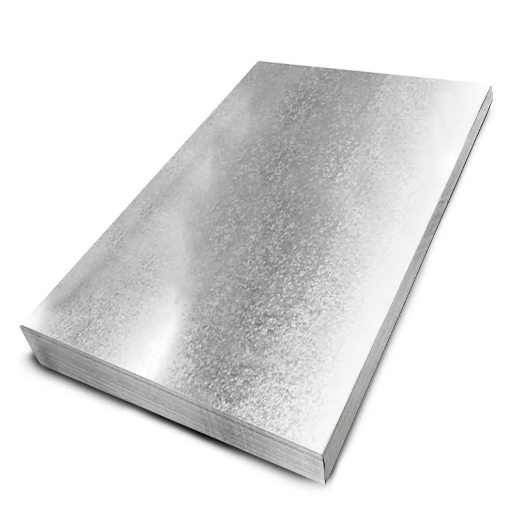
- Confirm Coating Thickness: Measure the galvanized coating thickness according to the specific application. A thicker coating will be suited for high corrosion, whereas thinner coatings may be fine for indoor or exposed conditions.
- Evaluate Quality Standards: Ensure that the steel sheets are in conformity with quality standards like ASTM A653 or other regional equivalents, because they establish durability and satisfactory performance.
- Check Surface Finish: Pick the surface finish best suited for your application. A spangle-free finish provides a smooth surface for painting, while a regular spangle finish offers a traditional look.
- Assess Supplier Reputation: Buy only from well-reputed suppliers that have consistently delivered high-quality products. And always check buyers’ reviews or request certifications as indicators of their capability to meet standards.
- Inspect for Consistency: Go through your material, checking for consistency in coating and dimensions. If coating or dimensions change, they can affect your performance and may prove very difficult during installation.
- Factor in Cost vs. Performance: Weight price considerations against the amount of the material and its expected life. Materials that have a higher upfront cost may be less expensive to maintain over time.
How to Choose the Right Gauge and Thickness
Other considerations in choosing the gauge and thickness of your product should be taken into account to refine performance and longevity. First, consider the application for which the material is selected. Sometimes, thin gauges can be used for large surfaces that are light and merely decorative or non-load-bearing, and thick materials are chosen in consideration of an application with high stress, pressure, or impact.
Consider the properties of the material, such as strength and durability, which may primarily depend on the alloy or composition itself. For example, steel, aluminum, or any other metals will offer varying degrees of tensile strength per thickness, which could be a deciding factor based on the application environment. Industry-standard gauges, charts, and technical manuals provide precisely such thickness-to-performance relationships that can assist in pairing the material with the application.
Also, environmental conditions define your choice. For instance, in outdoor use in corrosive environments, thicker coated materials are generally necessary to resist long-term exposure. You should always consult standards, such as ASTM or ISO specifications, to meet engineering and safety requirements.
Understanding Pricing and Delivery Timelines
An analytical approach should be employed when considering charges and delivery timelines to ensure favorable outcomes for project schedules and costs. It is advisable to study the mode of charging the supplier adopts and whether it covers materials and labor charges, including any hidden charges such as taxes and freight charges. A comparative analysis of market rates will shed light on the wide disparities that require further examination.
Delivery timelines require further examination of their reliability concerning potential delays arising from logistical challenges, manufacturing lead times, and distances. Request the supplier to provide detailed lead time estimates and compare them against industry standard benchmarks for an independent check on their legitimacy. Establish communication channels robust to track orders from the point of issuance to delivery. Having done this kind of tracking and vetting provides an option for purchasing direction that meets cost targets while delivering materials within the specified timeframe, without compromising quality or project schedules.
Reference Sources
1. Sustainable Development Problems for Galvanized Sheets and Their Joining
- Key Findings:
- The study emphasizes the environmental impact of joining galvanized sheets, particularly emissions during welding processes like laser welding and MIG brazing.
- Life Cycle Analysis (LCA) was used to assess the environmental footprint, focusing on energy consumption and emissions.
2. Fracture Toughness of Resistance Spot Welded Galvanized and Ungalvanized DP 450 Steel Sheets
- Key Findings:
- Fracture toughness and energy release rates of galvanized sheets are lower than ungalvanized sheets when welded using Resistance Spot Welding (RSW).
- Galvanized sheets require higher welding currents and times due to the zinc coating, which reduces contact resistance.
Frequently Asked Questions (FAQs)
Q: What are the different thicknesses of galvanized steel sheets available?
A: Galvanized steel sheets come in various thicknesses that are commonly described in terms of gauge. For example, a 20-gauge galvanized steel sheet metal is used mainly when applications call for a middle trade between strength and weight. The thicker the sheets, the more durable they are, while the thinner they are, the lighter their applications will be. It also depends on what the sheet is to be doing for it to be included in metal roofing and automotive applications. While some environmental factors may be different, a 20 gauge galvanized steel sheet metal would be used under other situations. Choosing the gauge has to do with the purpose and environmental factors for which the sheet has been considered.
Q: Can galvanized steel sheets be welded, and what should be considered?
A: Yes, it is weldable, but there are few things that require some attention when welding galvanized sheet steel. The zinc coating produces toxic fumes while welding, and proper precautions should thus be taken. Remove the coating in the weld area so that the new material can form a strong bond between surfaces; otherwise, contamination occurs. Choosing the type of weld procedure affects the performance of the galvanized sheet as well. Using the MIG or TIG welding procedure would probably give the best results for galvanized steel.
Q: What are the advantages of using galvanized steel plate in construction?
A: Galvanized steel plates exhibit some key advantages for use in construction. Firstly, corrosion resistance exists to prevent corrosion between restoration actions. Thus, for some structures exposed to harsh weather conditions, an extended life span has been given since they cannot rust. Since galvanized steel plates are almost maintenance-free, they become cost-effective as they avoid recurrent work. Their durability allows for utilization in a wide range of applications, including various structural applications and metal panels. Moreover, galvanized plates are capable of being fabricated into all sorts of dimensions and thicknesses, which only makes them a favorite among constructors and contractors.
Q: How does hot-dipped galvanization differ from other galvanization methods?
A: The hot-dipped galvanization is just where steel is dipped in molten zinc in order to obtain a thicker and more durable coating. The method differs from electro-galvanization, in which a thin layer of zinc is applied by the use of electric current. With the corrosion resistance being a bit less in electro-galvanized coating, it is more versatile for an indoor application, while a hot-dipped galvanized coating is intended for harsher outdoor environment. The application’s solubility, the environment’s exposure, and a bit of the expected durability can be a few of the deciding factors between the two methods. Hot-dipped galvanized sheets are mostly preferred for a long stay in hard environments.

